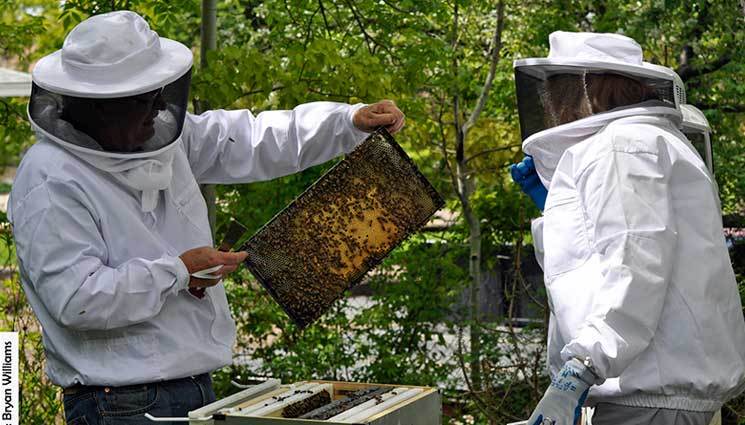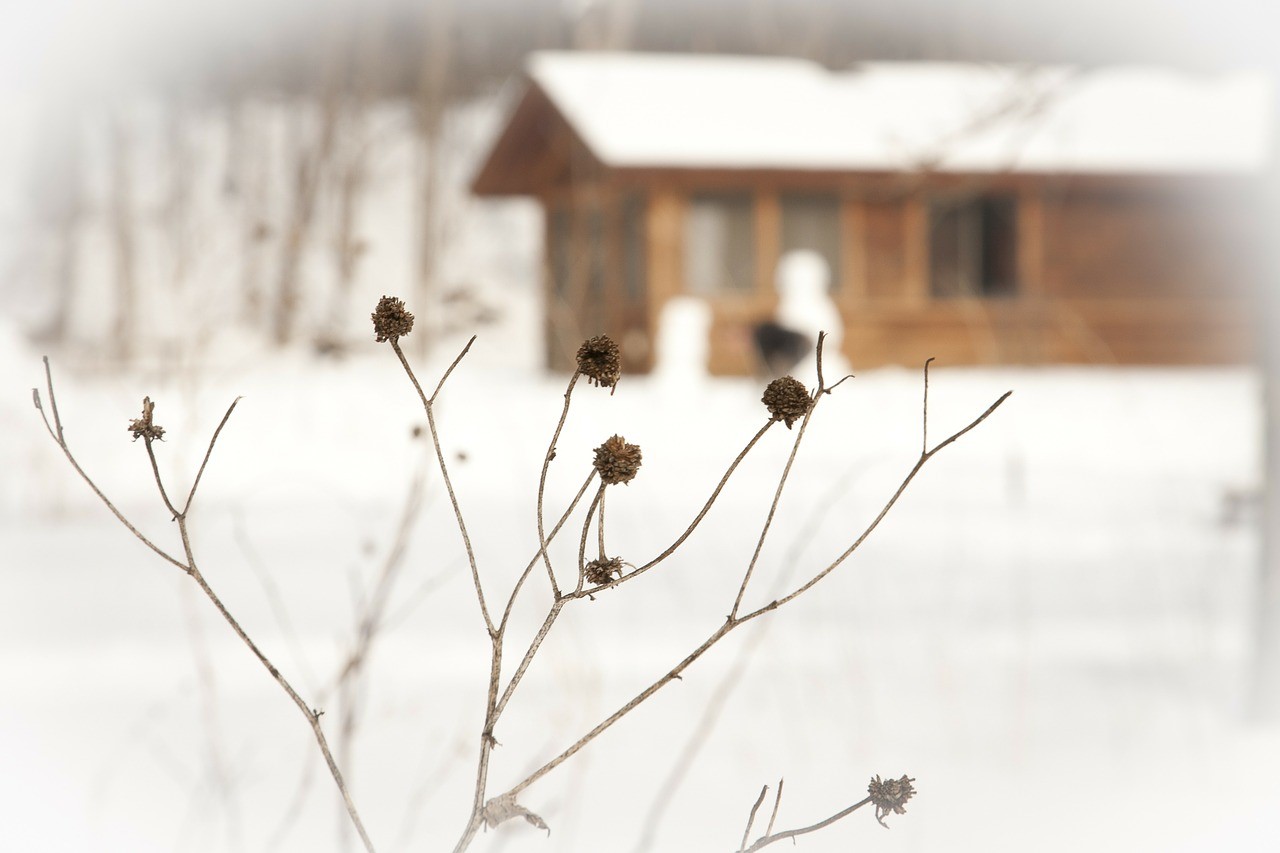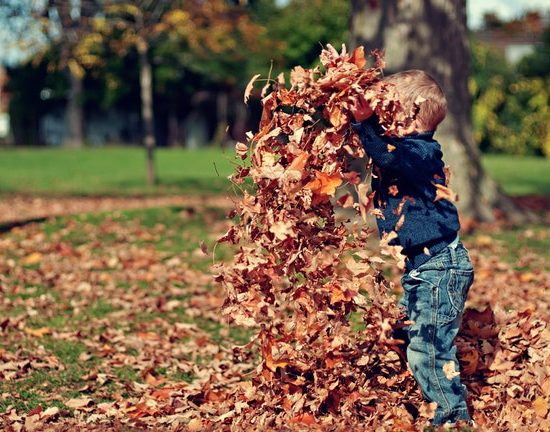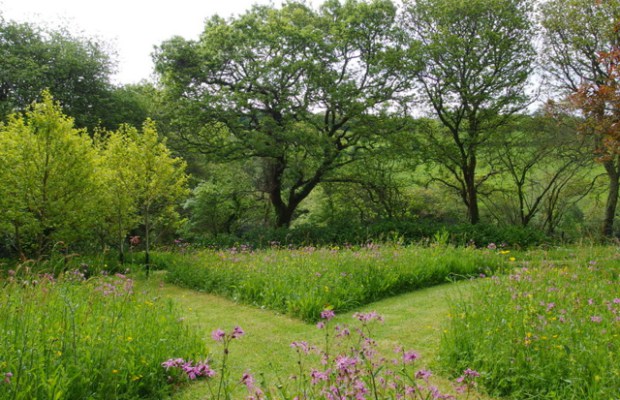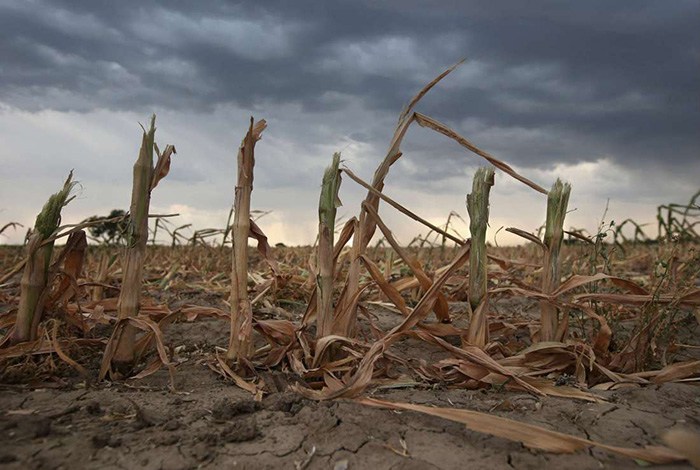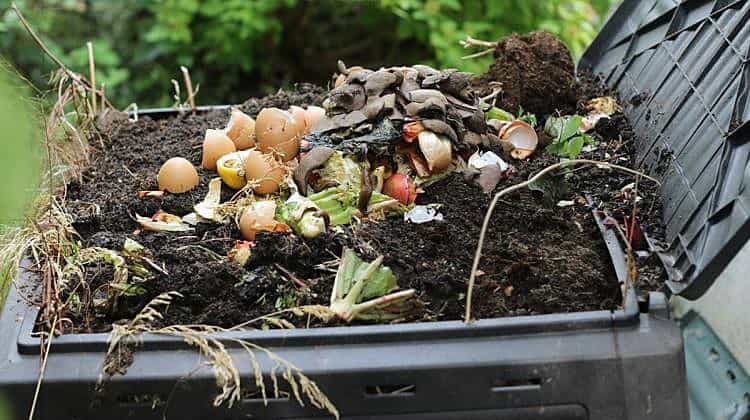
This guide will walk you through the basics of some simple ingredients you can add that will help take your compost to the next level.
But first, it’s important to eat a healthy meal before you get started. Let’s start with a healthy breakfast. Load up the coffee maker – a whole pot sounds just fine. Like tea instead? OK, make some tea then. Crack a few eggs and cook them up in any style you want, then put some whole wheat bread in the toaster. Serve that up on a paper plate, with paper napkins, since there’s no time for doing dishes – we’re composting today. Remember how your doctor always wants you eating your fruits and veggies? Go the extra mile! Peel a banana, de-stem some kale, and chop the tops off a few strawberries, put them in your blender and make a smoothie. Eat that up, and then we’ll get started.
Or have we already started? All of the items we just discussed in our healthy breakfast are also a part of a healthy compost pile. No, you don’t need to serve up those microorganisms with an omelet, but they would like those egg shells, and they’ll break down any leftover bread from your toast. In fact, if the loaf goes stale or moldy, you can throw the whole thing in your compost pile, turn it a few times, and you’ll have that to add to your garden. Coffee grounds, and the leftover coffee you didn’t drink, are also good food for them, as is tea (with or without the bag), and any leftover veggie products, like the kale stems or strawberry heads. You can add any paper goods, including your paper plate and your napkin (although you’ll want to start using the kind of paper plates that are not coated in a plasticc substance, as it will break down very slowly, if at all).
Compost is, essentially, a dirt and a fertilizer. All fertilizers in the US are rated using an NPK (nitrogen – phosphorus – potassium) scale. These are the three basic ingredients that help our plants to grow, and so it is essential that your soil has them – plants will use them up as they grow. Banana peels are extremely heavy in potassium, just as bananas themselves are full of potassium for humans. Coffee grounds contain significant amounts of nitrogen, and while egg shells are also nitrogen heavy, they contain a lot of calcium, which is as important for plants as it is for human bones. Speaking of bones, bone meal is the primary way of introducing phosphorus to your garden, although it is not recommended that you add too many to your compost, as residual meat attached to the bones will attract critters. You could add some manure to your compost, particularly horse manure, especially if you are already raising animals on your property.
Here are some additional tips for working items into your compost pile:
– My compost pile is not so much a compost “pile” as a compost bin collection. I have a pile for items that break down very slowly (woody plants, rotted planks of wood, cardboard, etc.), but my usual compost bin is a black garbage can I bought from the hardware store. With this, I don’t need to spend an hour digging in and turning my compost – I can simply ensure that the lid is on tight, turn my can sideways, and roll it around on my lawn a few times, and it will be well-mixed. The black color also ensures that my compost heats up quickly (all compost will get warm as things break down, but maintaining that heat makes it go quickly).
– Many gardeners like to sift their compost prior to using it. With a simple rectangular frame and a medium grain mesh material, you can create a sifter that will allow only the fully decomposed materials to fall out, while items that are not entirely done decomposing can be caught by the mesh and added back into your pile. Alternatively, you could just add the non-decomposed material to your garden and allow it to break down in place (there’s no magic to the pile, it just tends to be faster). The best method, in my opinion, is just to maintain multiple bins or piles, and allow the material to decompose over a longer period of time.
– When disposing of hard items, like those egg shells, if you blend them first in your blender with a little water, that will chop them up into little bits, which is ideal – the smaller the individual pieces of trash are, the faster they will decompose.
– Water, coffee, or tea is essential for a compost. It shouldn’t be drowning, but it should never be left dry. Coffee is a dessicant, so the liquid will not last long.
– If you’re tired of waiting around for your compost to decompose, and you feel like you need it quicker, bag the grass when you mow the lawn. Grass clippings make quick work of even the most durable and hardest-to-compost material. Don’t have grass? Add a bit of good garden soil, as it already contains many microorganisms, or a bit of compost from a bagged source. This will jump start your new pile. Many hardware stores offer a “quick start” powder you can add to your compost ingredients, and while it does work, it can be difficult to maintain the acceleration if your compost isn’t already balanced. Grass clippings are a much better alternative, because they are still quick, but they wear out over time instead of expiring quickly, and they’re free.
– Bugs are A-OK. Animals…not so much. Usually, animals will not be attracted to a compost pile unless there’s something in there that there probably shouldn’t be. Dairy products, like milk, eggs or cheese are fine in limited quantities, but if used in excess, will cause your compost to smell, which does tend to attract more bugs and animals. Meat products, while they will decompose and add some beneficial nutrients to soil, will attract raccoons and skunks, as well as other undesirable animals. That’s never a good idea.
– In the fall, instead of bagging the leaves that fall from the trees on your property, add them to a compost bin or pile. Leaves are slow to compost, but if added to a bin with heavy items inside, a simple rotation will break them apart. By mid-summer, these will be ready for use.
– Finally, like a balanced diet, you want a variety of items in your compost pile. Lettuces, grasses, cardboard, wood chips or shavings, sawdust, coffee grounds, dirt, fruit peels or leftovers, breads, knobby ends of zucchinis or other squashes, tomato stems, weeds, expired blossoms, and pretty much any other organic (once-living) landscape material are good additions.















